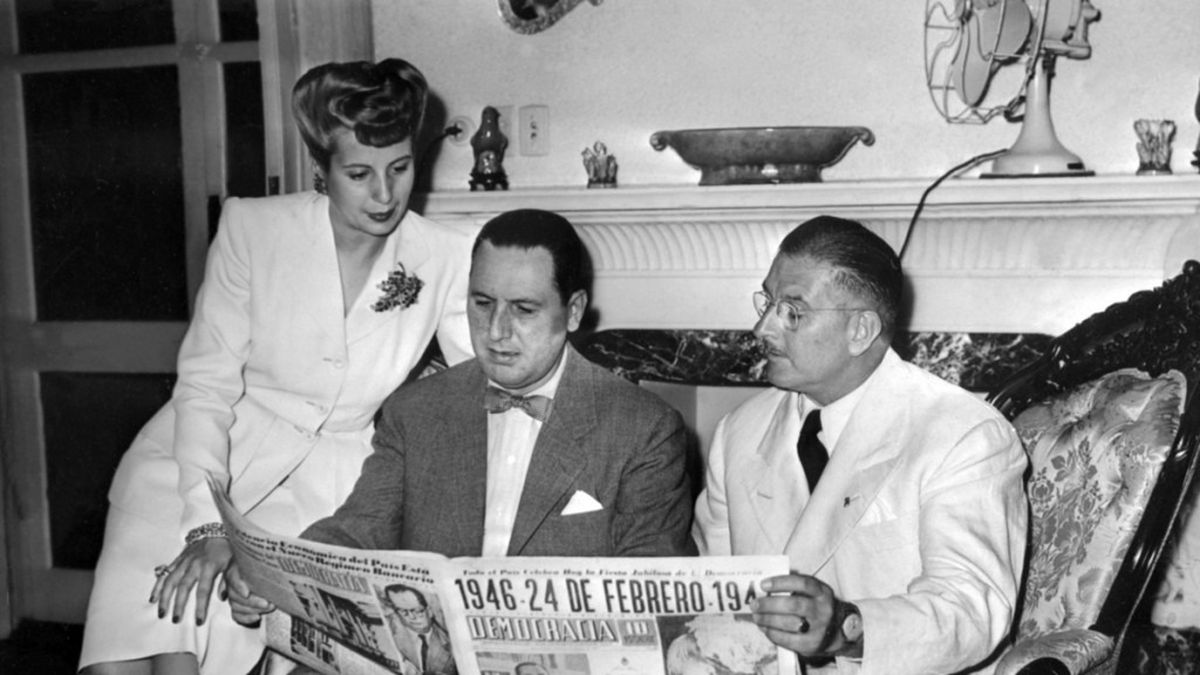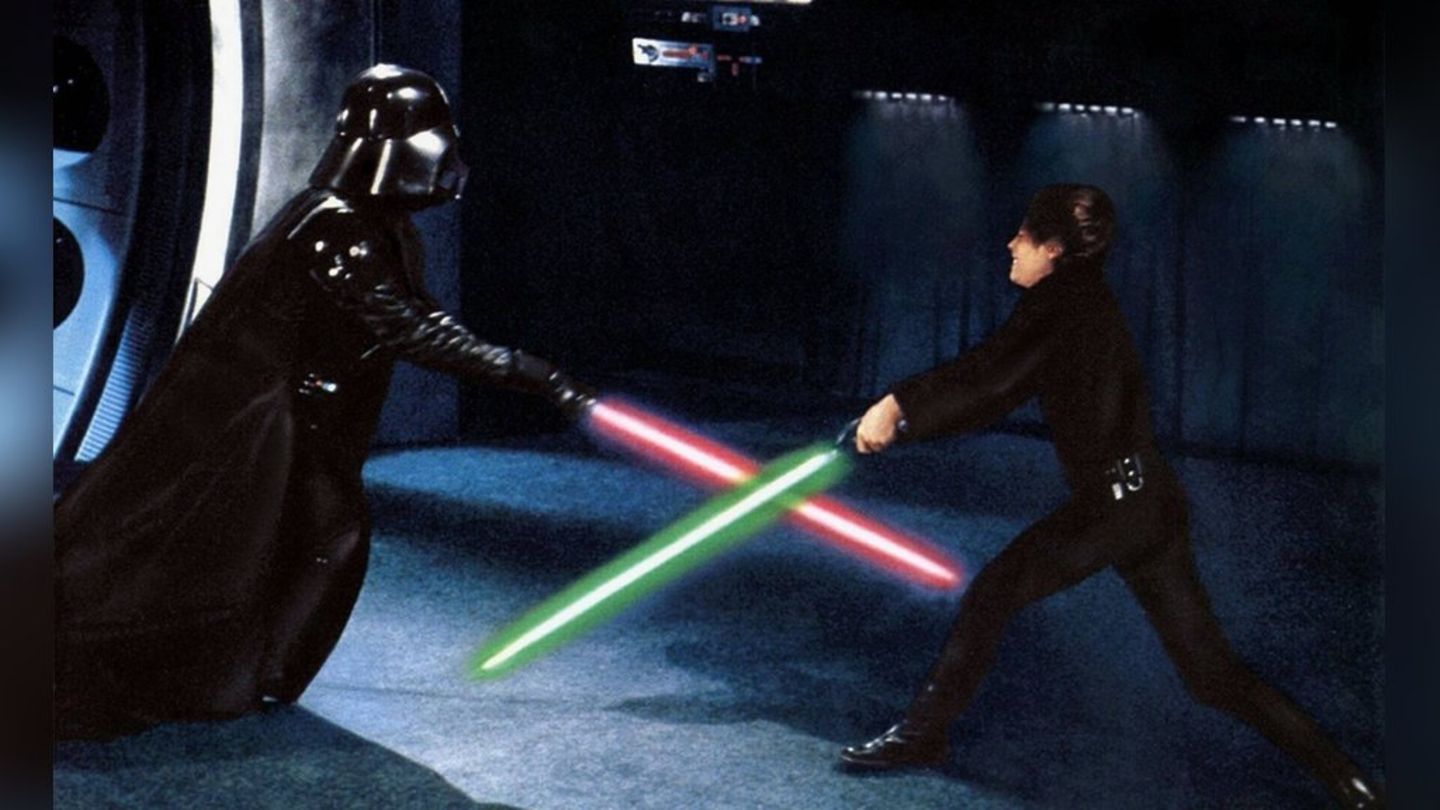When analyzing the structuring of post-election Justicialism, we see that history shows that defeats are temporary (1983, 1999, 2015), but on the other hand, we see that the idea of invincibility has fallen.
In the book “Meet Perón” of Juan Manuel Abal Medinathe author recounts a conversation with General Perón where the president explains: “(…) The differences have to remain in the political field and if those qualifiers are used (alluding to the fact that the youth called the union branch “traitors” and, the latter, the younger ones “infiltrated”) we enter into moral differences that are insurmountable”
The content you want to access is exclusive to subscribers.
This anecdote that seems to come from a different time and political-economic situation brings up two points to begin analyzing the structuring of the Justicialist party post-elections: 1) There are differences of a moral nature between Justicialism leaders. If these do not come together in discussions and doctrinal updates, any attempt at reorganization will fail. 2) Despite the heated tensions between the resistance and youth at the beginning of the 1970s, the Cámpora-Solano Lima and Perón-Perón formulas had the support of all sectors of the movement. I could risk that there was an asset to make that individual decision (low cost) that today Justicialism no longer presents: the idea of invincibility. In other words, The sum of “personal” differences and the feeling of not having the means, instruments or support to win elections can lead to a permanent fracture of Peronism. This maelstrom – until weeks ago inevitable – will demand that youth play a key role in the assembly and updating of the bases of the national Justicialist movement.


After the defeat of November 19, many political activists echoed his analysis to discredit the candidate, the movement and the doctrine. They assured that the defeat was “avoidable” and that the verticality of the movement overshadowed the stardom of figures today unknown to the national media. On the other hand, they called for the disorganization of Peronism and to break with the dynamic – perhaps the most oily – of the “organic militant with its leader.” Perhaps I am being a Peronist conservative or politically correct, however, I believe that the previous statements are incorrect. Although the dynamics of the campaign added “micro-militant” support (which later converged into free-thinkers), The history of Justicialism since the return to democracy shows that defeats are temporary (1983,1999,2015) and that young militancy must be revolutionary but structured. What is the revolution against then? How can there be a revolution that relies on a pre-existing structure? Here the key point: the revolution is not against the party but, on the contrary, against its doctrine.
Revolutionizing the doctrine is not related to discarding it, on the contrary, it is giving it relevance and common sense. This work that brings together all sectors and has unprecedented relevance after the latest events, had already been predicted by Juan Perón. The leader of Justicialism predicted these scenarios and assured, in the first instance, that the doctrine had to be updated. But, at the same time, he stated that “you can’t throw an old man out the window every day.” In this idea set forth in the political leadership manual, he sought to protect a political party from social changes – inevitable – in such a complex world. The common sense of modernization, valuing experience and pushing young leadership, is the treasure to be exploited in the new Peronism.
In conclusion, I would like to propose some bridges so that not only Justicialism, but on the contrary, all political parties can work on the doctrinal updates so necessary at times where prehistoric ideas are sold as the salvation of the Homeland.
- All doctrinal discussions must be witnessed under the veil of common sense: less dogmatism and more pragmatism. The clear example of these ideas are the substantive changes between the first and second five-year plan. The difference between the two does not reflect a weakness of the Justicialist doctrine in the mid-1950s, on the contrary, it intimates the idea that economic change entails doctrinal modifications: everything is in motion, our ideas too.
- A lasting doctrine must be based on immovable axioms, since, instead of a doctrine, it would be a passing and electoral motto. In the case of the Justicialist party, the structure presents tools that constitute bases to cement. The objectives do not change, but the pragmatic method to achieve them (economic independence, social justice and national sovereignty).
- Third, and finally, I would believe that the ideological revolution leaves no one out. Neither to experience nor to change, neither to the revolutionary nor to the conservative. The experience of doctrinal updating is that of a deliberative democracy, this means that, through all the debates, a new will is generated in the party: the general will. Said general will, if it comes from the congregation of the greatest number of possible actors, will be the closest to the whole of society. If Peronism wants to once again have a rank of invisibility, we must bring together the greatest possible will, leaving aside moral differences and putting political differences on the table and perhaps closing the window so that we do not throw away so many old people, as well as , close the doors so that the little ones don’t leave. The keys are in the game. You just have to go look for them.
Graduate in Political Science and Government (Di Tella)
Source: Ambito
David William is a talented author who has made a name for himself in the world of writing. He is a professional author who writes on a wide range of topics, from general interest to opinion news. David is currently working as a writer at 24 hours worlds where he brings his unique perspective and in-depth research to his articles, making them both informative and engaging.




